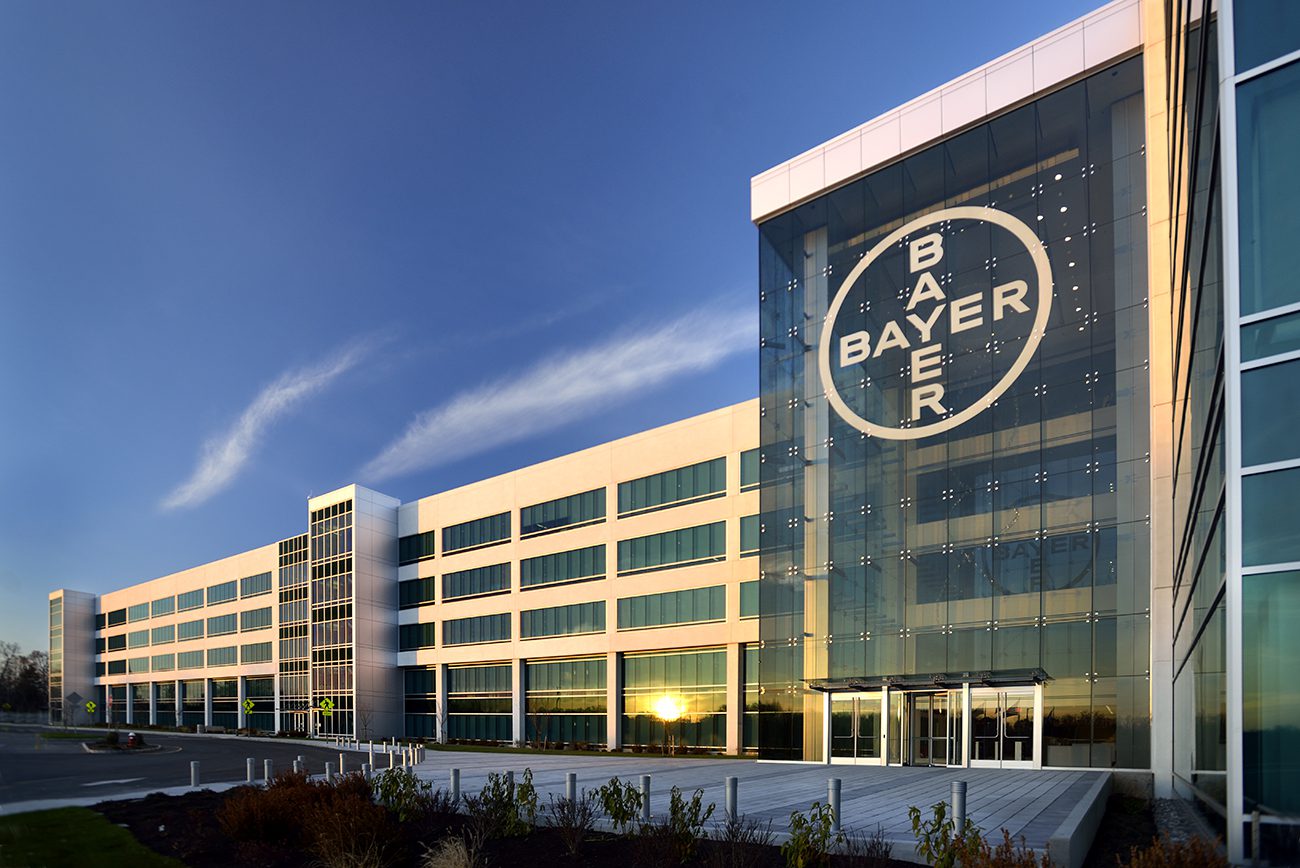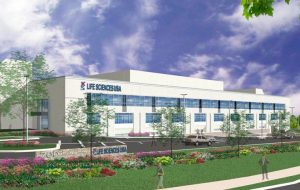
(SOURCE: Bohler)
Developing Life Sciences: 4 Ways to Deliver Facilities Faster
Guest Post by Charlie Yowell, PE, Principal at Bohler
Original Article: https://bohlerengineering.com/blog/developing-life-sciences/
February 7, 2023
“Success with life sciences facilities depends on a proactive approach. We ask ourselves at each step how we can accomplish our goal to keep to a fast-moving timeline.”
Charlie Yowell, PE, Principal
Life sciences facilities are highly customizable and highly sought-after by potential tenants. The current market has created opportunities to convert existing office or retail space to labs or research development space on a fast timeline – driven by factors like low vacancies and high rents. For developers seeking to begin this type of project, speed to market and flexibility are the most important aspects.
In consulting with owners, developers, and tenants on life sciences facilities across North Carolina’s Research Triangle, I see opportunities to improve speed to market delivery. Here are four ways to streamline your overall timeline for building or retrofitting these facilities.
1. Perform thorough due diligence
I always recommend a comprehensive review of zoning and existing utilities and a thorough assessment of a potential conversion up front. Better due diligence efforts in the beginning can help you establish more realistic timelines and cost implications, allowing you to make more informed decisions.
- Zoning: Understanding the permitted uses is critical in establishing a realistic timeline. If the life sciences use(s) are allowed, entitlements will be significantly faster than if a zoning change is required. Additionally, it’s beneficial to understand and consider the surrounding zoning districts to ensure a cohesive fit with the community.
- Utilities: Many life sciences facilities require high-capacity utility access. Connecting with utility companies and engaging a mechanical, electrical, and plumbing (MEP) consultant early on to understand existing capacities and any major upgrade requirements is also crucial to establishing realistic budgets and timelines.
- Conversions: When considering a conversion, engage an architect to help assess important aspects of the existing building. Consider:
- Are the clear heights sufficient for the potential tenant(s)?
- Can the roof structure support the additional HVAC systems required for the use?
- Is the floor structure and depth of concrete sufficient to support the weight of the equipment that potential tenants will use?
- Is the column spacing wide enough for the potential tenants’ operations?
- What is the condition and number of dock doors, height of loading docks, truck circulation, and the condition of sidewalks and landscaping?
- Does an opportunity exist to create shared loading docks between tenants?
“Utility demand is very dependent on the tenant. To create a flexible, marketable facility, engage an MEP to assess existing systems and provide a reasonable recommendation.”
Zachary Richards, PE, Project Manager
2. Garner support from local community groups
I generally recommend holding preliminary discussions with the municipality and making efforts to garner support from local civic groups or economic development corporations (EDCs). These groups can help make connections, smooth the way, and expedite the overall process.
In many locations, tax revenue and economic growth are positives for the community. There often is not much resistance to life sciences projects. We’ve also found it beneficial to engage our landscape architecture team to incorporate outdoor amenity spaces to make these projects more attractive to the community.
3. Offer flexible design options
Flexibility is key in developing a life sciences facility that will attract a variety of tenants. Designing space that can be easily adapted to accommodate customized tenant operations is essential. In addition, offering the community flexibility in mitigating noise, improving visual impacts, and promoting safety go a long way in garnering local stakeholder buy-in and approval.
4. Consider alternative permitting strategies
As site civil engineering consultants at Bohler, we can expedite project timelines by creatively strategizing the entitlements process. In some cases, we can submit permits – including those for mass grading, site clearing, early erosion and sediment control (E&S), foundation, and state sewage – prior to final design, allowing a contractor to move forward on certain aspects of construction sooner. As an example, for a ground-up pharmaceutical manufacturing facility in Durham, North Carolina, Bohler’s team obtained an early E&S permit, allowing the contractor to move forward while the final design and permits were completed.
Improving speed to market
Thorough due diligence, open communication with municipalities, flexible designs, and creative permitting strategies have helped my team move both ground-up and conversion life sciences projects forward faster. Success with these facilities depends on a proactive approach. What does the potential tenant need, and how does that need translate into a plan of work that makes sense for the developer? We ask ourselves at each step how we can accomplish our goal to keep to a fast-moving timeline.
- About the Author
- Latest Posts
As Principal of Bohler’s Raleigh, North Carolina office, where life sciences development is booming, Charlie has designed and permitted more than 2 million SF of life sciences, research and development, laboratory, and manufacturing space. Understanding the varying operations and utility demands of different tenants and end users, as well as zoning, redevelopment, and conversion challenges, Charlie’s team guides developers in creating highly flexible and marketable life sciences facilities, bringing them to market fast.








